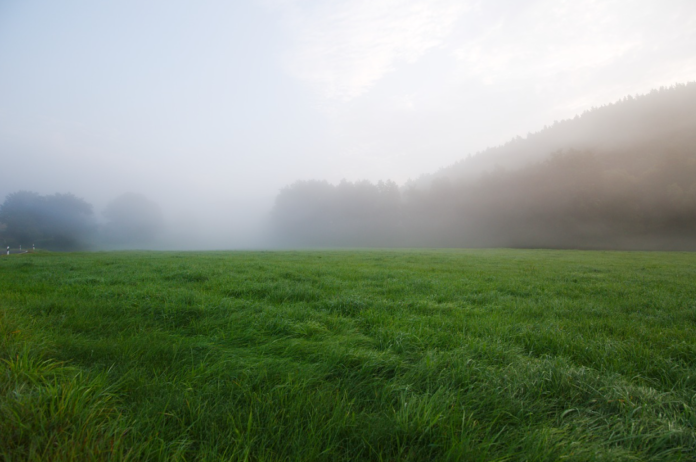In this article, we look at the importance of grass measuring, the benefits, and how you can undertake this activity on your farm.
Grass is the cheapest animal feed available to farmers. Correct management, knowledge of the supply and growth are key to maximise the utilisation of this feedstuff.
You can maintain a continual supply of high-quality grass by walking paddocks weekly and measuring the quantity of grass available on the farm.
Understanding grass measuring
There are two measurements for grass growth:
- KgDM/Ha (Kilograms Dry Matter per Hectare);
- Cm (centimetres).
According to Teagasc, every 1cm has approximately 250kgDM/Ha for cattle farms or 350kgDM/Ha for sheep farms. Mixed farms are around 300kgDM/Ha.
4cm residuals are used when estimating grass covers. 4cm is the height animals should graze until. For example, if the sward height on a cattle farm is 10cm (10cm-4cm = 6cm), then there is 1,500kgDM/Ha, which should be grazed.
Measuring grass using the quadrat and shears
The quadrat and shears are the least expensive tool to measure grass growth in the paddock.
You can complete the method of measuring grass with a quadrat and shears as follows:
- A 0.5m x 0.5m quadrat is placed in an area that is representative of the amount of grass in the paddock;
- Knock water off the grass before cutting if wet;
- The grass within the quadrat is cut to 3.5 to 4cm;
- The following equation is used to calculate the DM yield in the paddock:
Weight of grass (kg) x grass % x 40,000 = kg DM/Ha in the paddock.
The dry matter will be higher if there is more dead material at the base of the sward. In comparison, the content of dry matter will be lower if the sward is green and leafy.
In the afternoon, the content of dry matter is usually two to three units higher than in the morning.
Measuring grass using a plate meter
A plate meter is a piece of advanced technology that takes heights across the entire paddock in a “W” or “X” pattern to ensure the paddock is properly accounted for.
To calculate the availability of grass, subtract the ideal post grazing height, i.e. 4cm, from the height of the grass represented in the paddock. Then, multiply this figure by 250 as there is 250kg CM/cm.
For example, the paddock height was 10cm, and 4cm is the desired post-grazing height.(10cm – 4cm) x 250kg DM/cm = 1,500kg DM/ha.
Measuring grass using the Grasshopper
The Grasshopper is a rising plate meter device. This device has been developed with an ultra-sonic sensor to accurately and precisely measure compressed grass height with recorded GPS coordinates.
The difference between the Grasshopper and the plate meter is that the Grasshopper can transfer data automatically to a smartphone and then to an online database, such as Pasturebase Ireland. Hereafter, the Grasshopper then calculates the grass cover in the paddock.
Why consider measuring grass?
According to Teagasc, the cost of producing 1kg of liveweight gain or 1kg of milk solids from grazed grass is 80% to 85% less when compared to an intensive concentrate-based system.
The potential opportunity to increase the growth of quality grass on-farm while increasing the grazing period should be seen as an incentive to measure grass.
By walking the farm 30 to 40 times per year, you will be able to dictate critical management decisions such as using leftover bales from last year or otherwise increasing concentrate supplementation.
Benefits of measuring grass
The weather can be a huge deterrent in maximising the availability of grass. As the weather permits, getting animals to grass early and allowing for a sufficient supply of high-quality forage is key to achieving high animal performance.
There are a number of obvious benefits to measuring grass, such as:
- Maximise utilisation of grassland;
- Allow for extension of the grazing period, creating a shorter winter period;
- Avoid deficits during seasonal variation;
- Achieve average covers;
- Increase the availability of grass in the animals diet;
- Harvest better quality grass;
- Improve and maintain pasture quality;
In terms of dairying, each tonne of dry matter per hectare has the ability to increase net profit per hectare by up to €181 per annum. Over a 50ha farm, this equates to a sum of €9,050.
You cannot manage what you do not measure. Measuring grass allows the farmer to make more informed and effective grassland management decisions on the farm.





